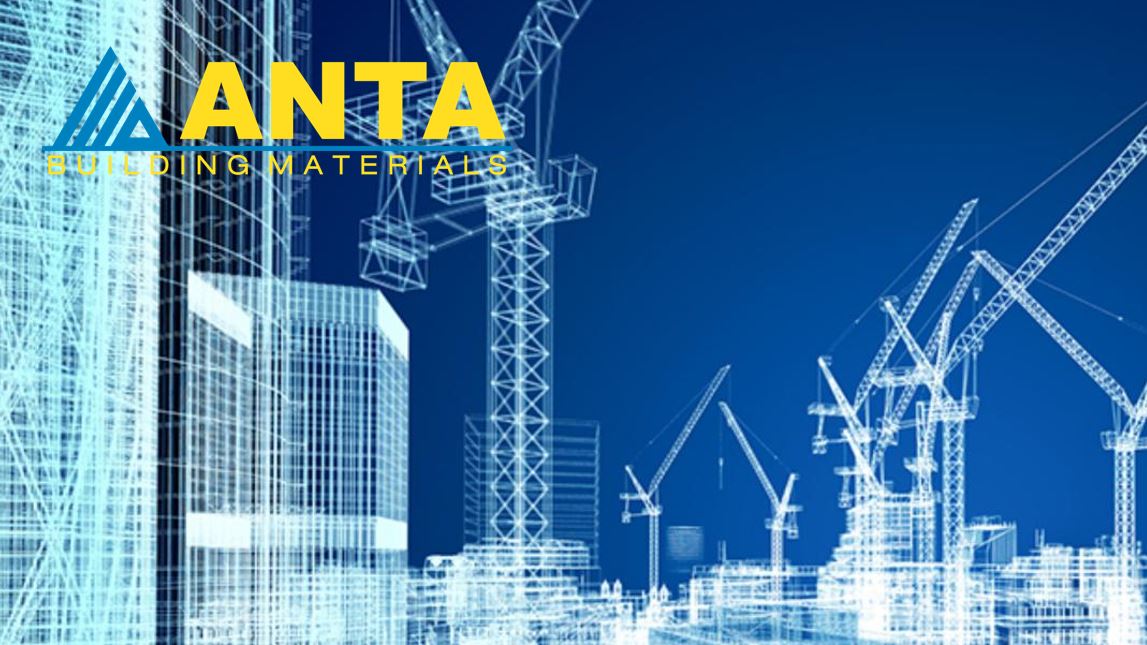
23
Feb
Top 8 Trends in the Construction Industry for 2023
Many innovations in the construction industry require people to go outside their comfort zones and use new technologies and tools. Doing things differently often causes anxiety in the beginning. However, when business leaders know their peers have gotten great results with updated methods, they’ll be more open to following suit. Here are some of the most prominent construction industry trends that will shape 2023.
Anyone reading about trends in construction industry publications knows they’ll often come across content detailing the difficulties of the continued labor shortage. It is a multifaceted issue.
Many construction industry professionals are near retirement or have already left the workforce. It takes significant time for the necessary knowledge transfer to occur between industry veterans and younger new hires. A related problem is that many people who have entered the workforce relatively recently don’t consider construction a viable option.
There are approximately 25% more empty construction positions than people coming on board to fill needs. A compounding matter is that people reevaluated their work-life balances during the COVID-19 pandemic. Many left their roles in search of better opportunities. That phenomenon affected construction industry trends, too. After all, the public health crisis halted or canceled many planned builds.
2. Increased Reliance on Women in Construction
There’s no quick fix to the labor shortage. However, one of the trends in the construction industry that’s getting attention from other news outlets is the growing evidence of women entering the sector to help fill employment-related gaps.
Recruitment campaigns targeting women have led to a more than 50% jump in females taking construction roles over the past decade or so. Many such positions don’t require a college degree. Another advantage is that the pay gap between men and women in construction is typically much smaller than in other sectors.
Many women decide it’s time for a career change and ultimately realize the construction industry could give them the new option they seek.
3. Cost of Construction Materials
As previously mentioned, the COVID-19 pandemic disrupted construction projects worldwide. However, researchers suggest the situation is making a positive turn. Several report revealed a 2.3% increase in the real value of worldwide construction projects finished in 2021. However, the labor shortage, combined with supply chain difficulties, is making it challenging for construction project managers to get the resources they need to proceed smoothly.
4. Development of New Construction Materials
Construction leaders are under increased pressure to cut construction material costs and find sustainable materials. These two trends in construction industry efforts have led to many in the sector developing new building materials that meet both of these aims. Some of them involve recycling construction and demolition (C&D) waste to create engineered wood or aggregate.
5. The Rise of Smart Cities
Many modern households have several smart devices in their homes. These gadgets do everything from helping people find information more quickly to enabling them to keep their homes clean and energy-efficient with less effort. It’s not surprising that innovations in construction industry companies often center on making entire cities “smarter,” too.
6. Green Building
Eco-friendly practices encompass some of the prevailing trends in construction industry discussions. Efforts could include putting solar panels on the roofs of residential and commercial buildings. Doing so is good for the planet and often saves money. Another option is to recycle as many construction materials as possible during and after a project.
Construction company employees are also working hard to reach a net-zero emissions status by 2050. That will occur if the amount of greenhouse gas emissions produced and those removed from the atmosphere match.
7. Tech and Digitalization
The construction industry has not been on the cutting edge of technology. However, that’s changing in significant ways. Some site managers use drones to monitor for safety risks or check measurements. Analysts have also pointed out that the move toward connecting construction will unlock new capabilities.
People no longer need paper documents that could get lost or damaged. Instead, they can pull up the required information on a cloud platform that lets them see a digital version on demand. This improvement enhances collaboration and leads to faster problem resolution. Team members can also see digital models of buildings before construction begins.
8. Robotics and IoT
Any thorough coverage of construction industry trends cannot overlook the influence of robotics and the Internet of Things (IoT) Both those industries affect other sectors, too. A robot called Moxie helps kids learn social skills and other vital capabilities. Many manufacturers use IoT sensors to monitor the condition of equipment.
Many robotics applications in the sector reduce risks or assist with primarily manual tasks, such as bricklaying. Then, humans can often get the work done faster with a reduced risk of injuries. The use of construction robots is becoming more common, especially as leaders in the sector attempt real-life use cases.